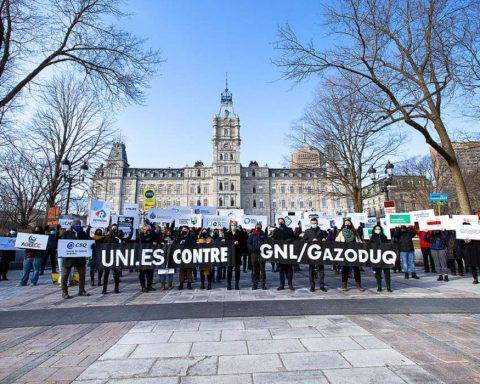In a notable measure of the pace of transformation across global energy markets, Indian power behemoth Reliance Power is changing its business strategy.
Public statements, company reports and press coverage all point to a shift from coal-fired electricity generation to renewables at Reliance. It’s a change worth paying attention to because of the sheer size of Reliance, one of the biggest three Indian power conglomerates in the world’s second most populous country.
Reliance in the past five years has received approval to build five of the world’s largest thermal power projects. Only one of these proposals has been commissioned, however, and that one has been problematic. Groundbreaking has not occurred on the other four.
Reliance has realized evidently, and wisely, that its former strategy was out of step with the policy direction of the Indian government, which began last year in earnest to transform the country’s electricity sector.
Reliance at some level is clearly embarrassed by its track record over the past few years. The recently-leaked draft of a report branded by the International Energy Agency and written by its Coal Industry Advisory Board cited Reliance’s coal-fired Sasan project as a poster child for coal-fired generation. What it didn’t mention is that Reliance has been trying to unload that troubled project onto the Indian government.
Sasan, one of only two 3,960-megawatt plants built under the prior Indian government’s failed Ultra Mega Power Project program, has already sought a second tariff bailout since it was commissioned in March. Bullish forecasts for global thermal coal demand erroneously assume most of more than a dozen other proposed Indian Ultra Mega Power Projects will be built. As Sasan shows, the future is not in what these forecasters predict.
Reliance Power, listed on the Bombay stock exchange and 75 percent owned by Anil Ambani, one of the wealthiest people in India, is a bellwether if only for its size. It is one of the few private Indian power-generation firms that has consistently remained profitable in recent years, having delivered earnings growth before interest, tax and depreciation over the last four years as projects have been progressively brought online.
This performance hasn’t delivered for shareholders, however. Reliance Power was listed in 2007-08 at Rs450/share, and currently trades at Rs49/share. The company has delivered a three-year return on equity averaging five percent annually, less than half its target rate. Its current market capitalization of US$2.1 billion is down by more than 30 percent over the last year, underperforming the Indian equity market by 35 per cent. Over the past five years, Reliance Power has underperformed the Indian stock market by 75 per cent.
At its recent 2015 annual shareholders meeting, Reliance stressed that its growth plan entails 6 gigawatts of solar and 5.2 gigawatts of hydro project development in India.
And the company in its marketing materials has moved unquestionably toward renewables, coming out with a new slogan: “Reliance: Committed to becoming India’s largest integrated power generation and coal mining company with emphasis on clean and green power.”
Its latest annual report trumpets its “quest to become one of India’s largest renewable energy companies.”
News broke just this month that Reliance had appointed a new CEO, Shri N Venugopala Rao, and that Reliance was effectively ceasing most of its Indian thermal electricity-capacity expansions to pursue its renewable-energy expansion strategy.
The direction is clear. The question that remains is how fast a company like Reliance can pivot, and whether it is too late to recover from acting blindly like energy markets in the years ahead will resemble those of the past.
This article was originally published by the Institute for Energy Economics and Financial Analysis







